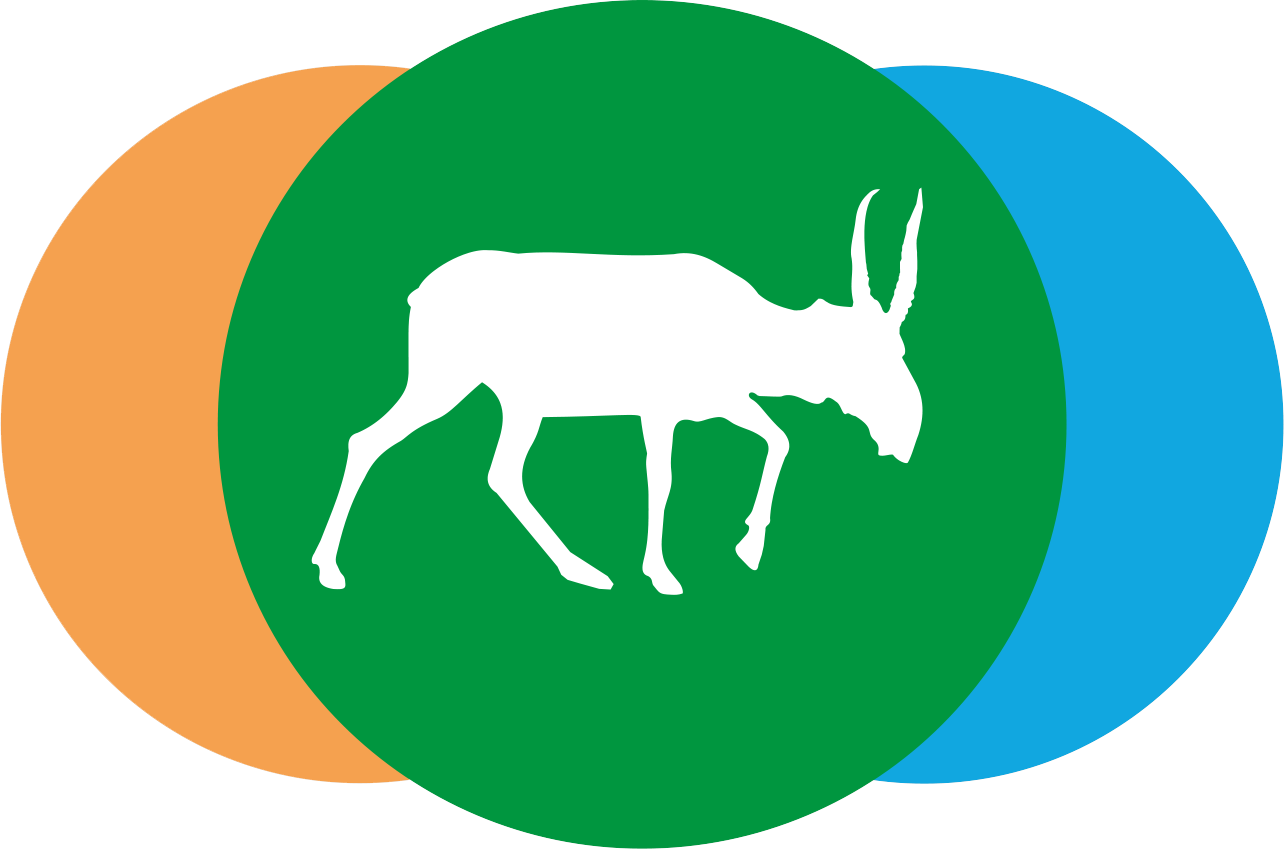Abstract
The problem of land degradation, being extremely actual over the planet and especially in arid zones, requires imminent scientific attention to outline territories affected with degradation, and develop effective measures to withstand the problem. The use of remotely sensed data proves as a cost-effective and informative tool for land surface monitoring. Moreover, remote sensing is sometimes the only way to comprehensively imagine the current processes over huge territories. The main question of remote sensing data application is the accuracy of methods used to obtain certain land characteristics. The joint analysis of ground and satellite data is indispensable at all the remote sensed algorithm development stages. In the current chapter the new index of land degradation assessment is described. The index has been under development for several years and has strong ground-truth support with data gathered in the arid zone of Kazakhstan. The new index considers the condition of plant cover, the moistening regime, and bare soil’s spectral parameters. Initially developed for Landsat-8 data in south-eastern Kazakhstan, the index was applied for the entire arid zone of Kazakhstan. There is no doubt, the new index could be of use at various applications related to the problem of environmental degradation all over the arid belt of Eurasia, where the problem of aridization becomes most actual for Asian countries.
Keywords
Land degradation, Arid zone, Spectral index, Landsat-8, TERRA/MODIS
Link to the publication: https://link.springer.com/chapter/10.1007/978-3-031-12112-8_7#chapter-info
